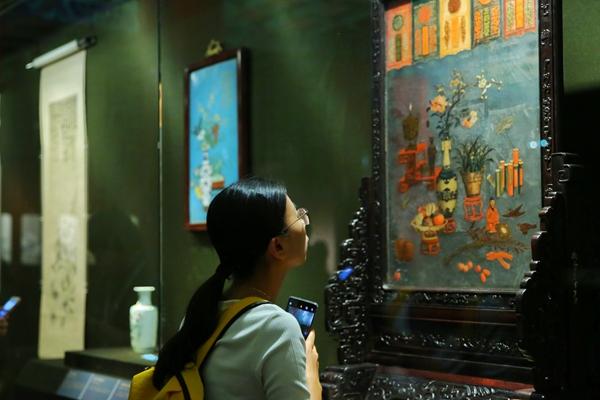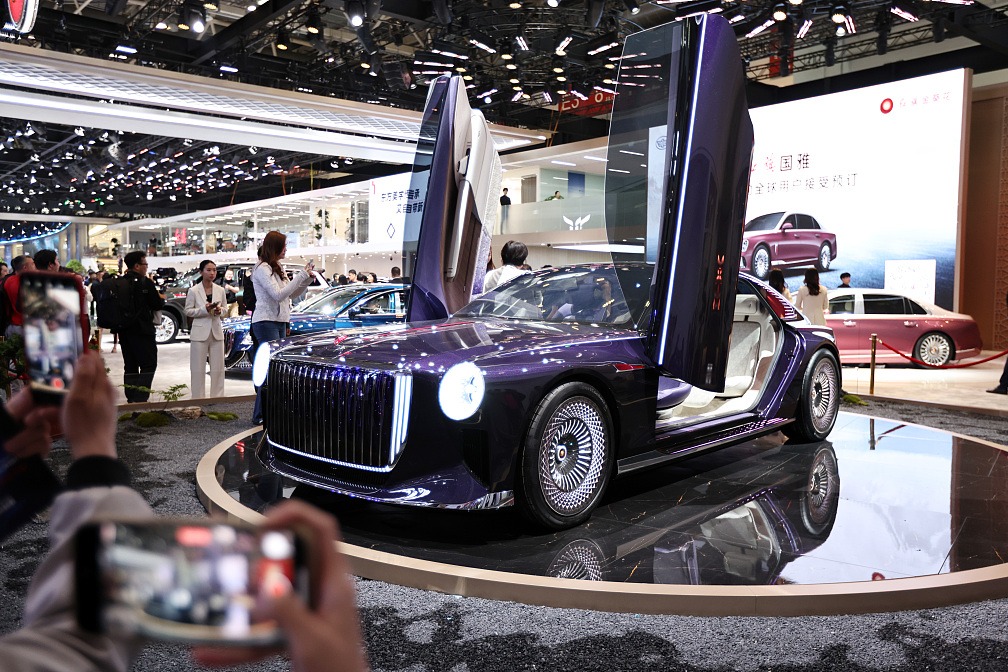Palace display sees culture in full blossom
By Wang Kaihao | China Daily | Updated: 2019-09-17 08:31

As one of the most typical representatives of imperial court painting, the works of Zhao Ji, an emperor of the Song Dynasty, who was considered a weak ruler but had an undoubted and widely recognized artistic flair, are also on display.
His observation on flowers shows a keen eye, and a sketch of a bird perching on a stick of plum blossom is both delicate and enchanting.
"In the Ming (1368-1644) and Qing (1644-1911) dynasties, adoration of floral-themed fine art began to spread from nobles and the literati to the general public in China," Wang Zhongxu says. "That also largely decides our taste today.
"Compared with still life in the West, plants in Chinese paintings are given much stronger cultural significance and seem to have a personality," he says.
For instance, in Chinese culture, plum blossom represents strong spirits, and bamboo is considered a symbol of gentlemanly elegance.
Consequently, a particular section at the exhibition reflects the relationship between humans and plants. Plants are also depicted to echo the portrayed people's emotions.
























